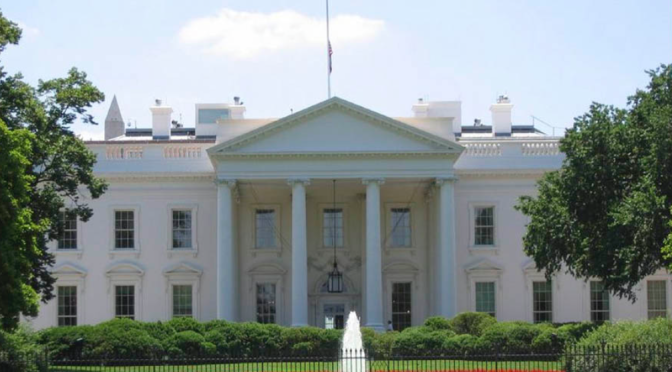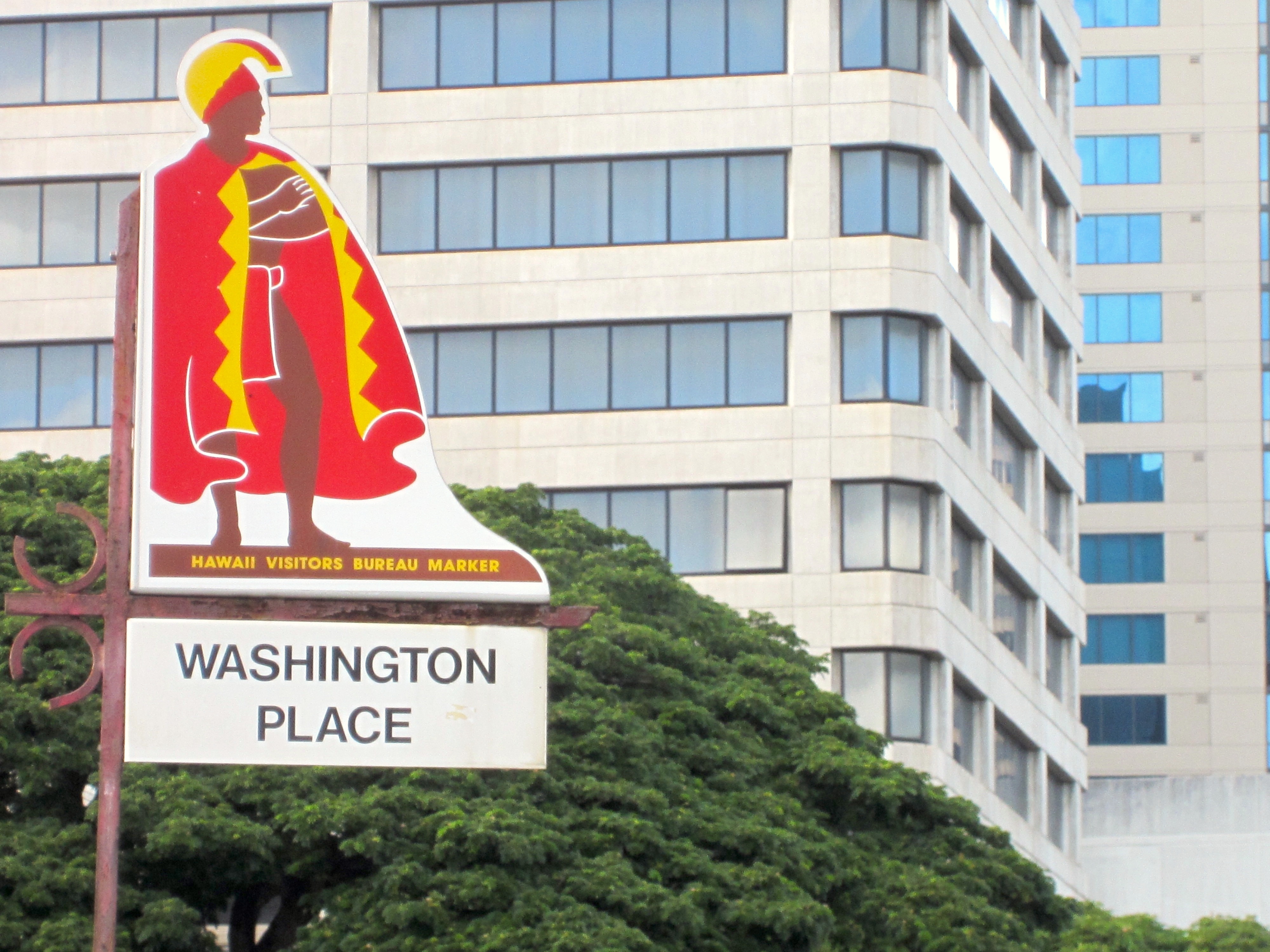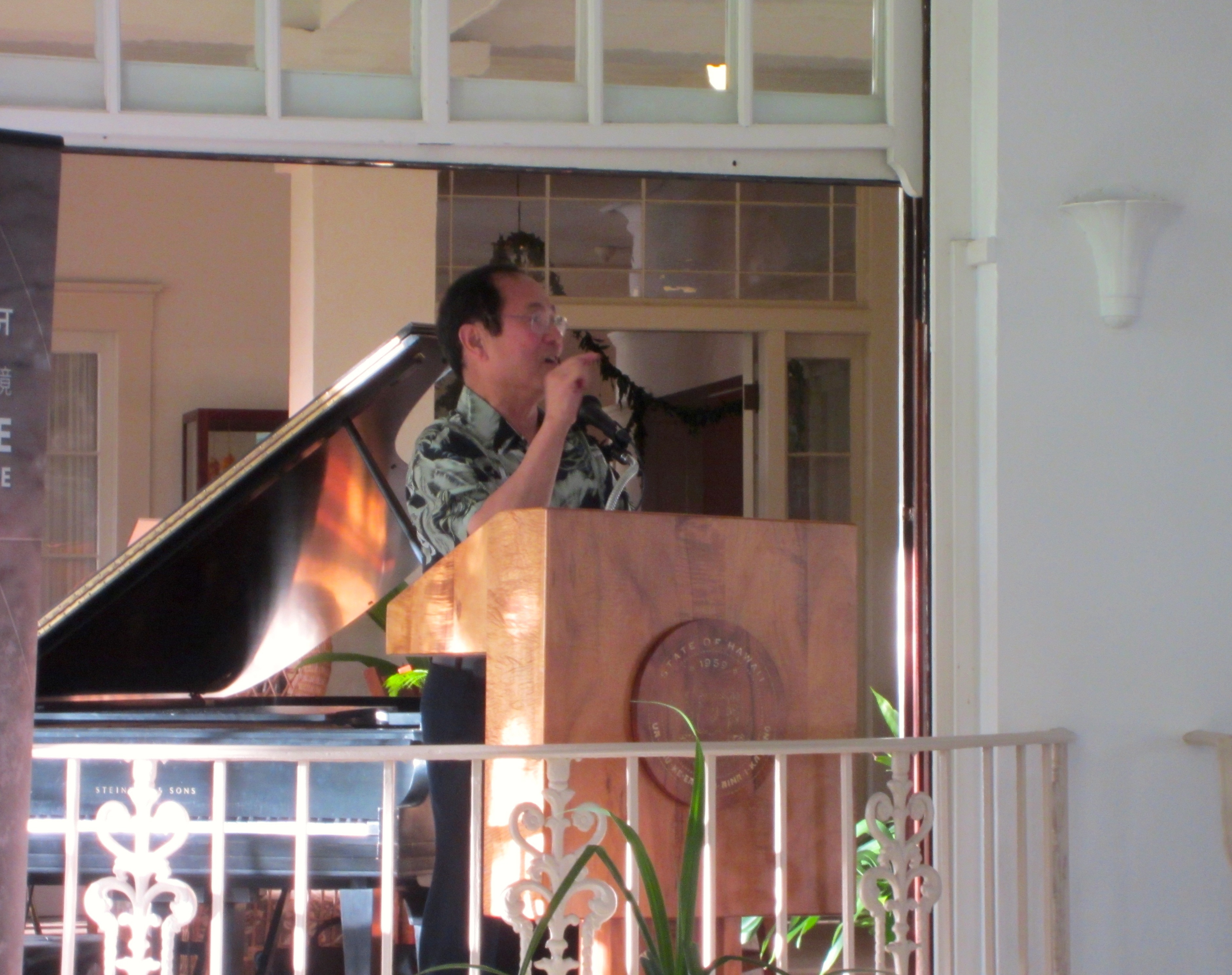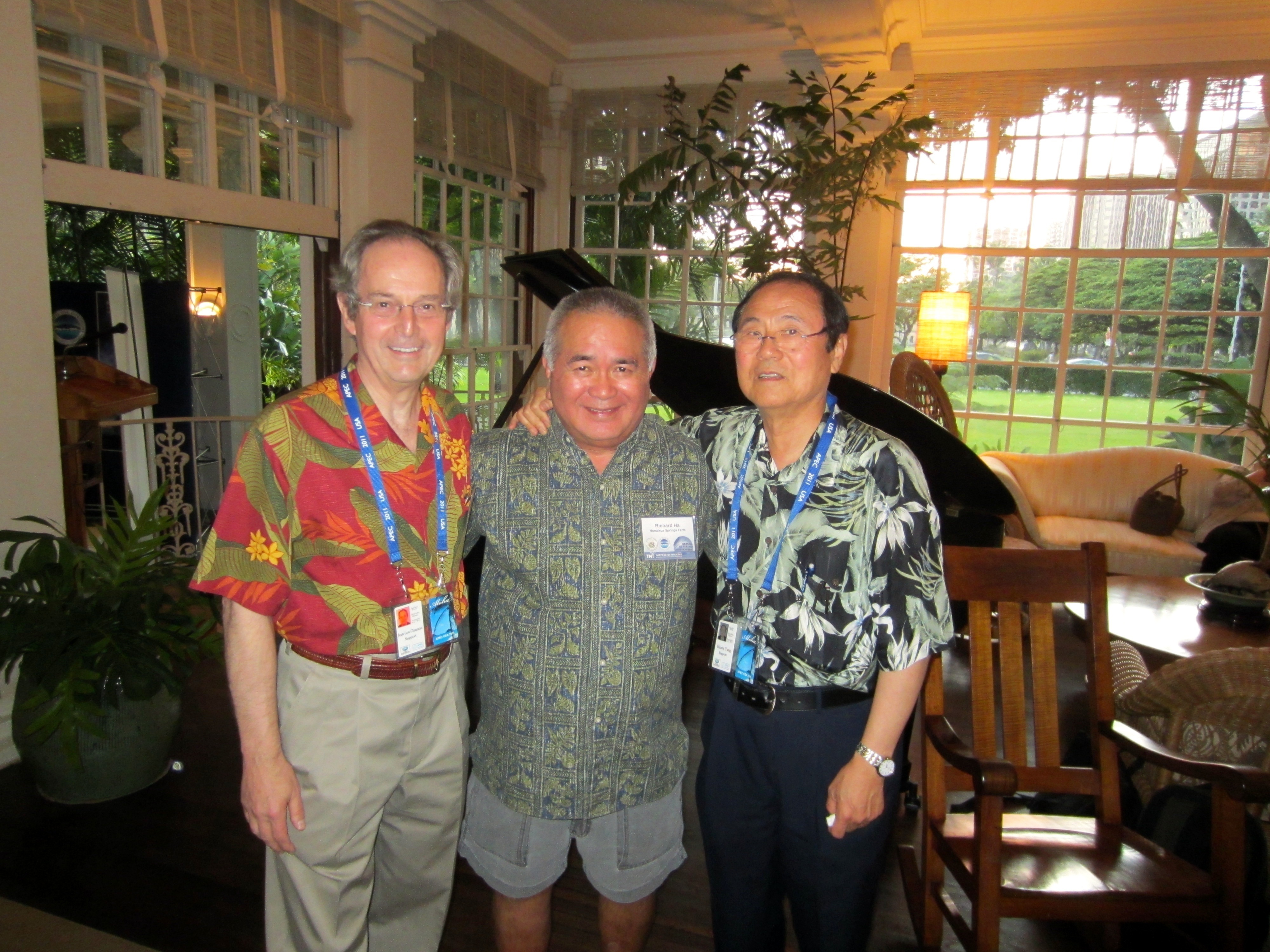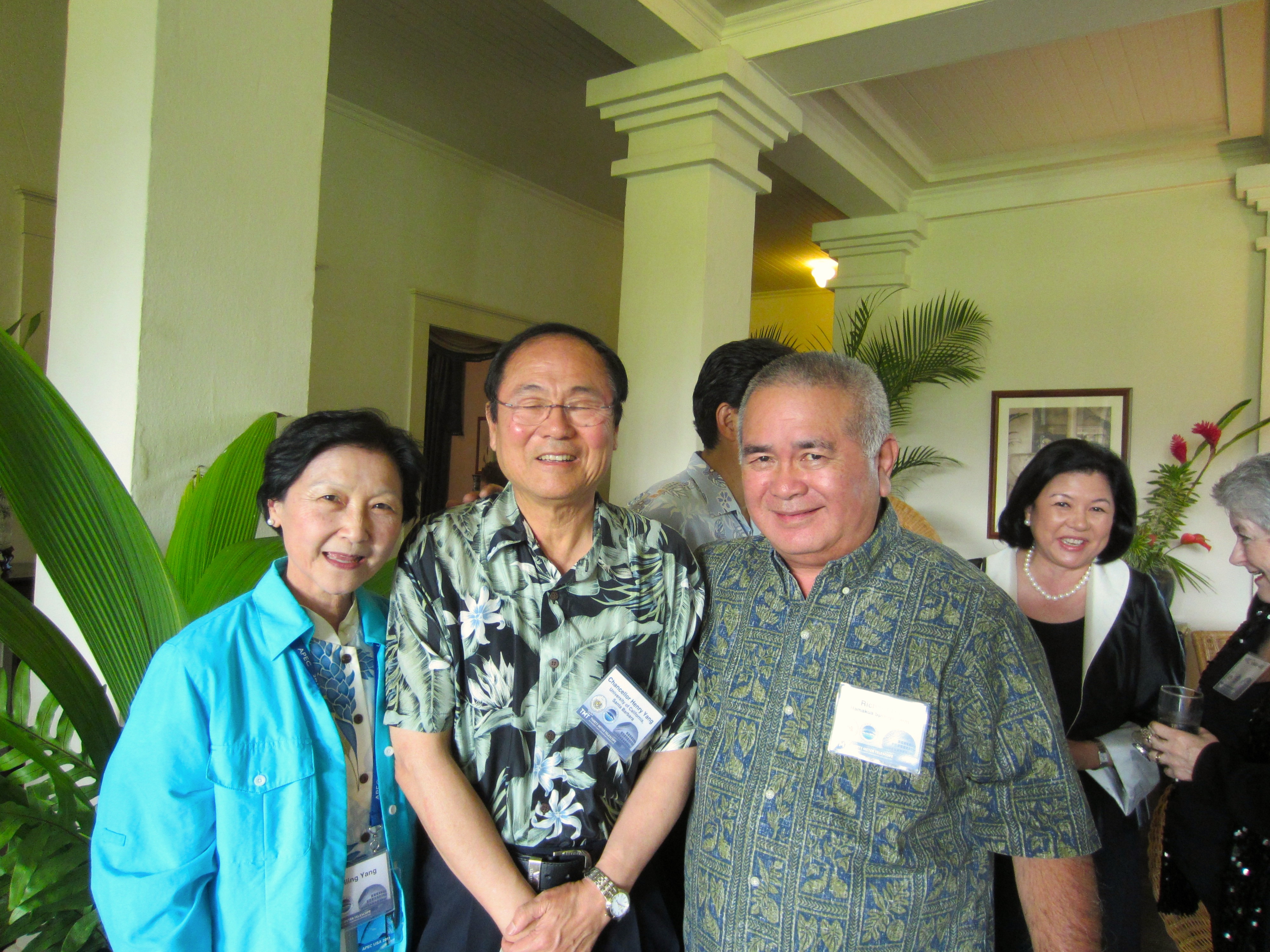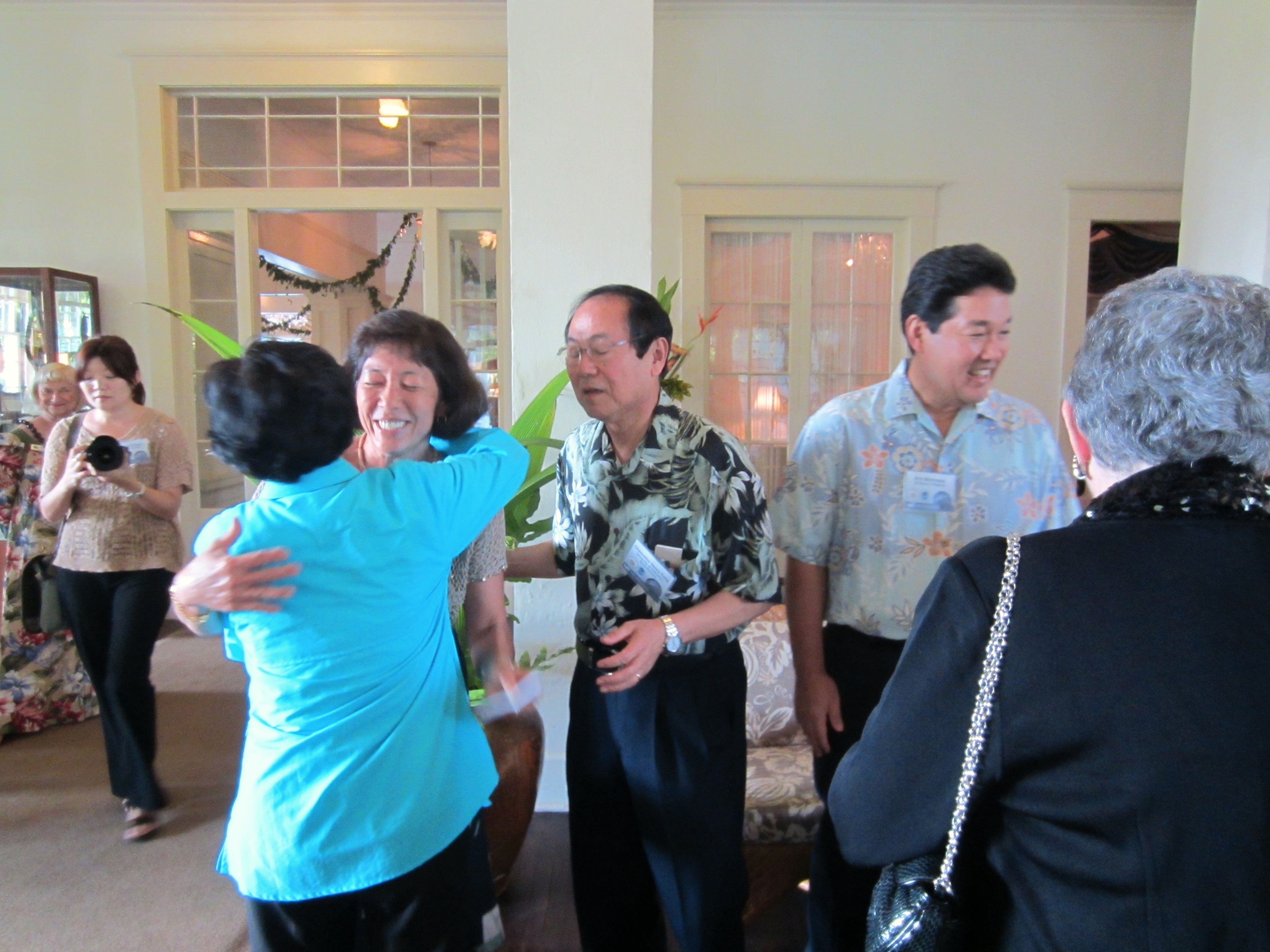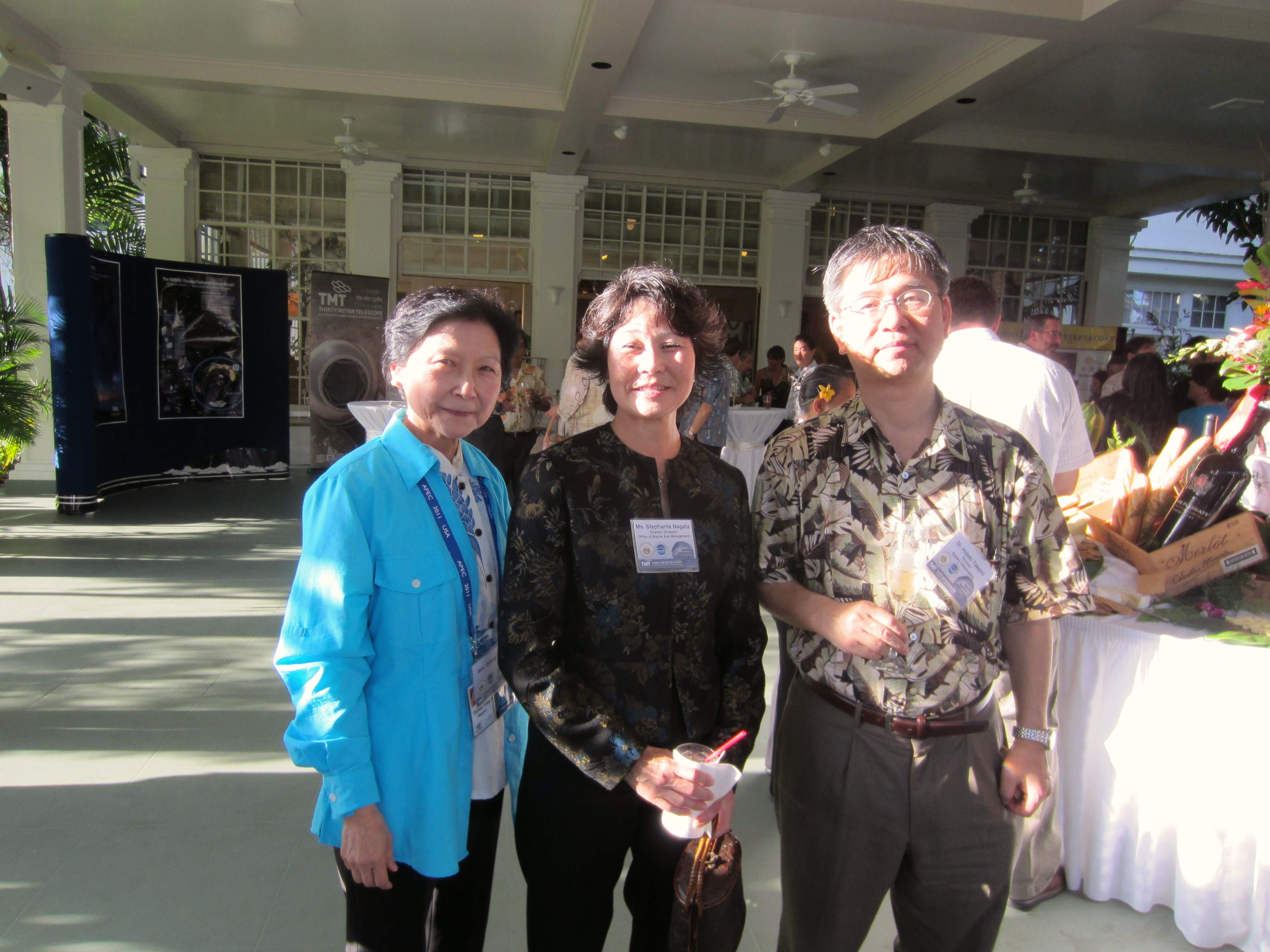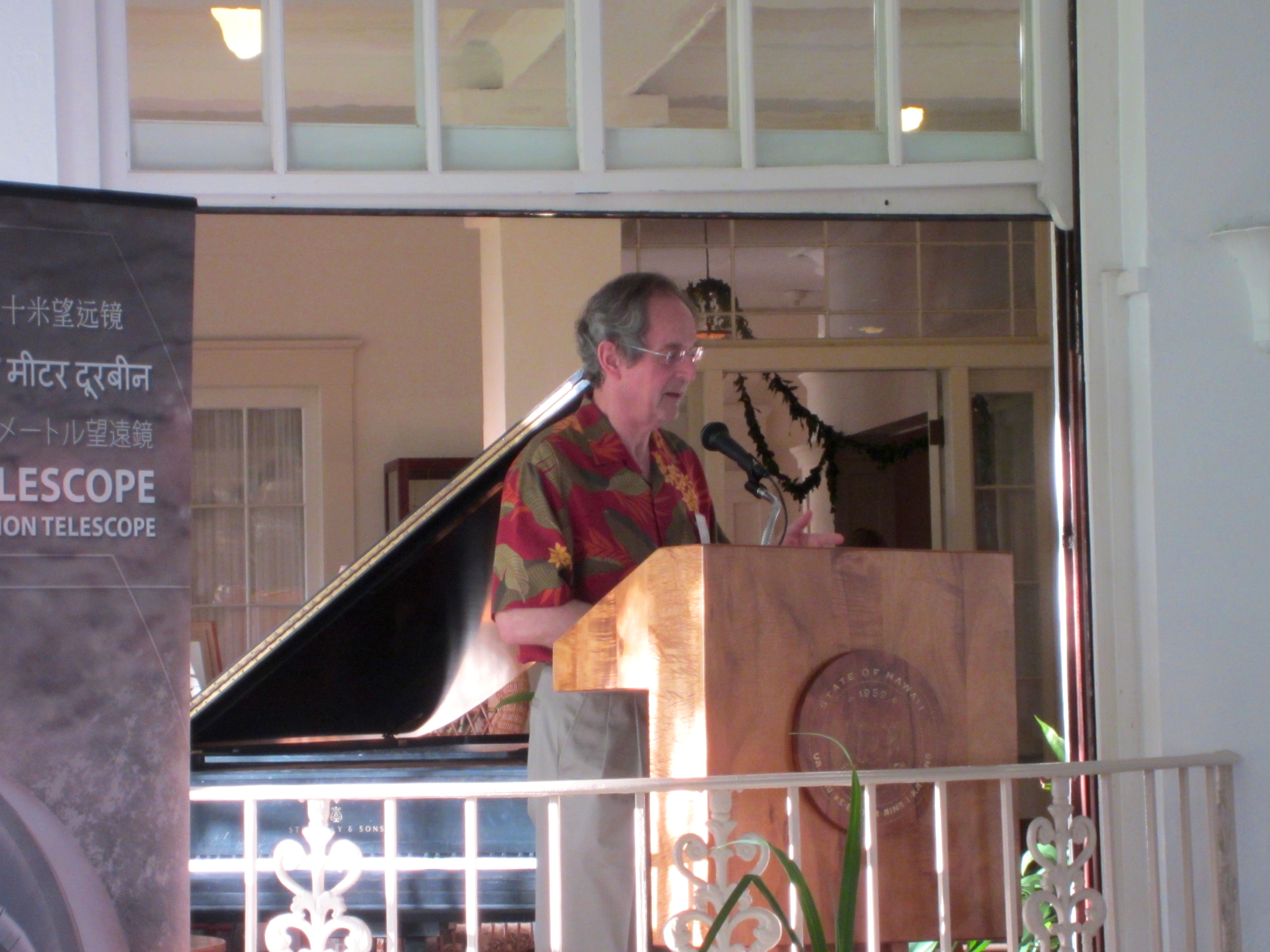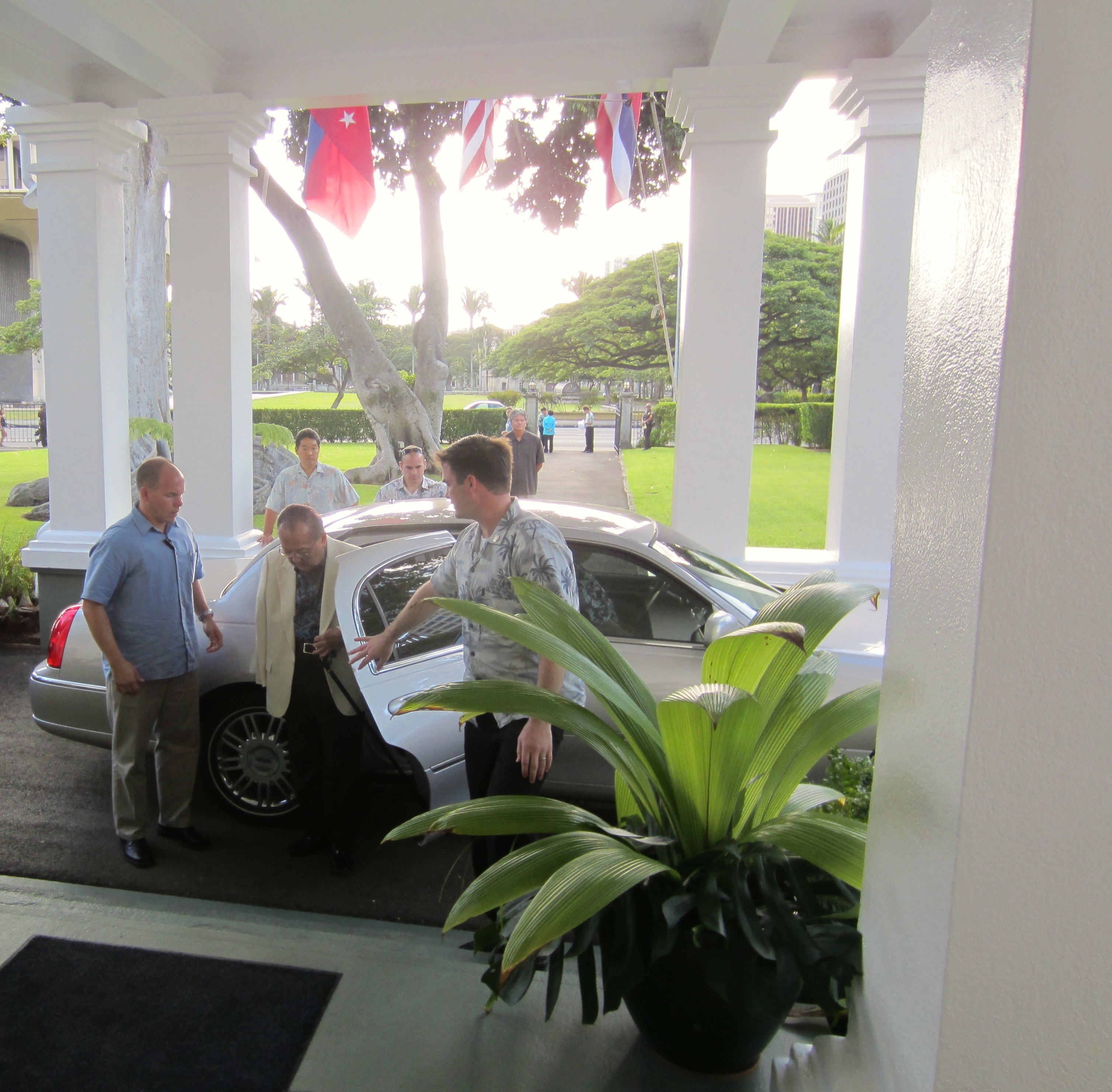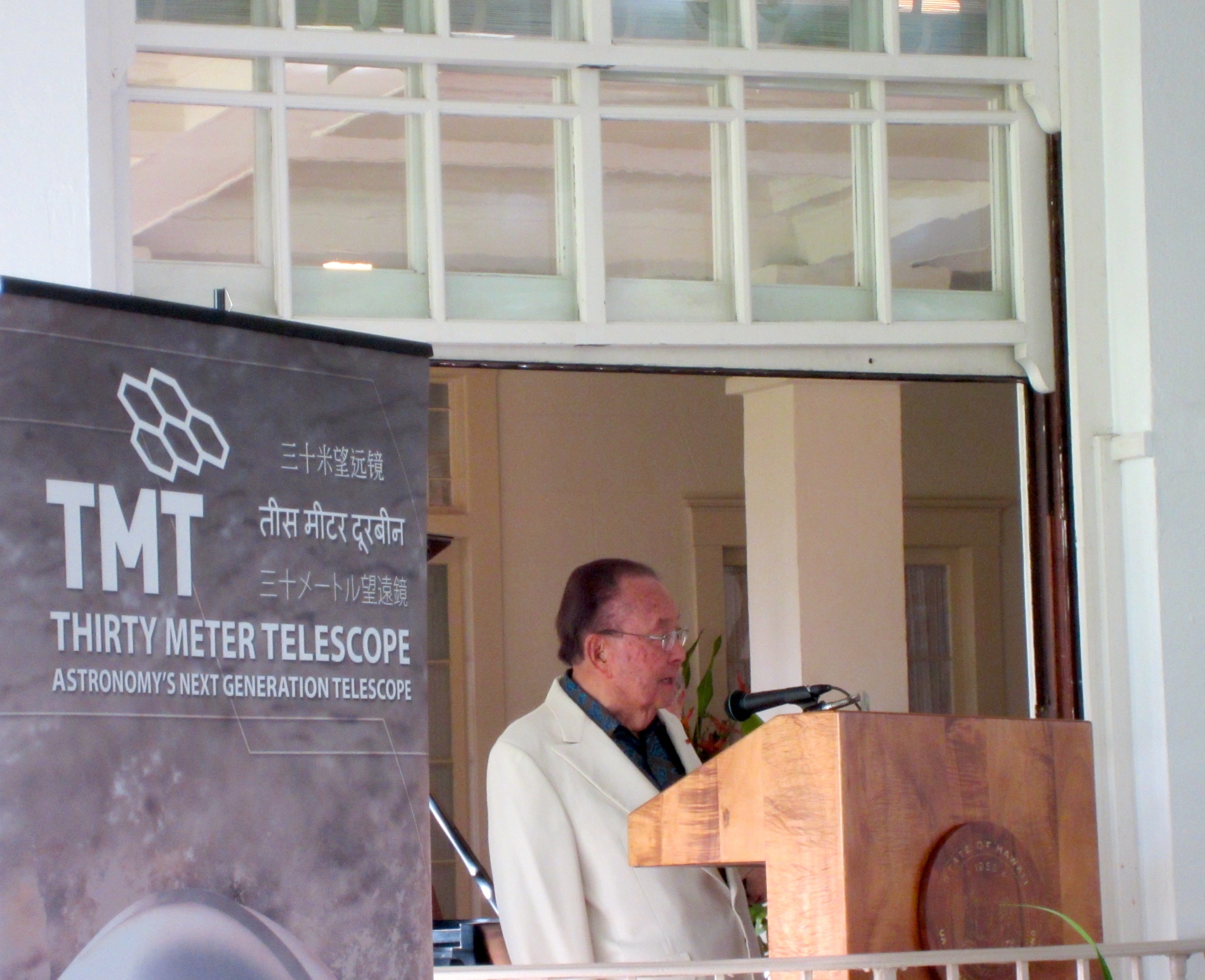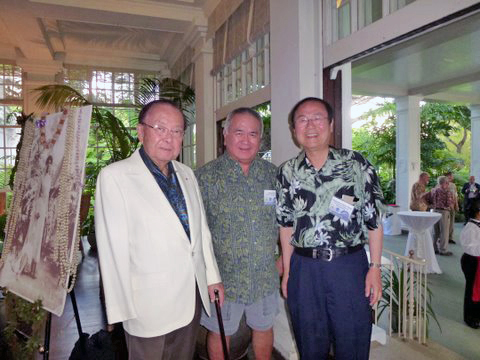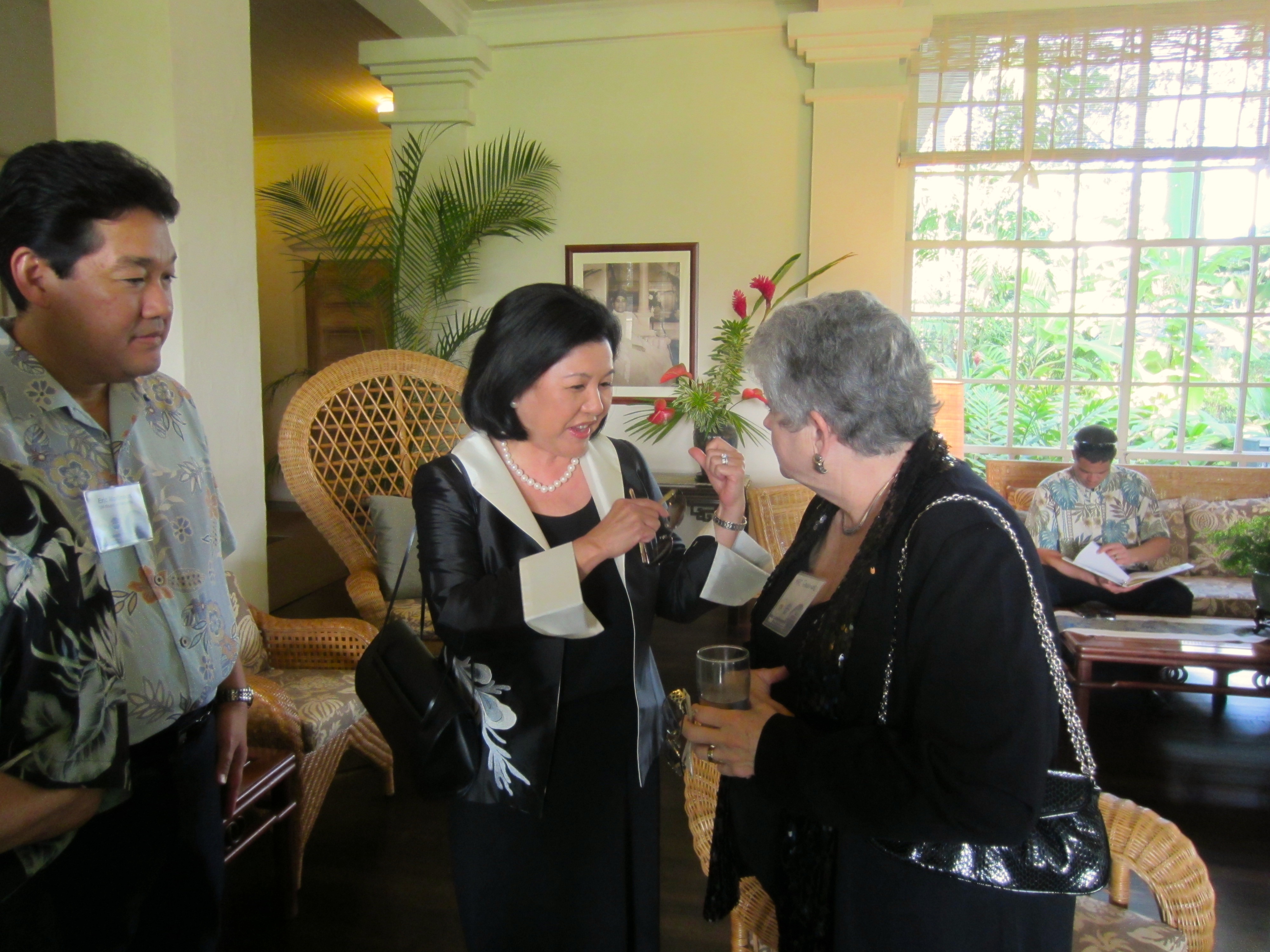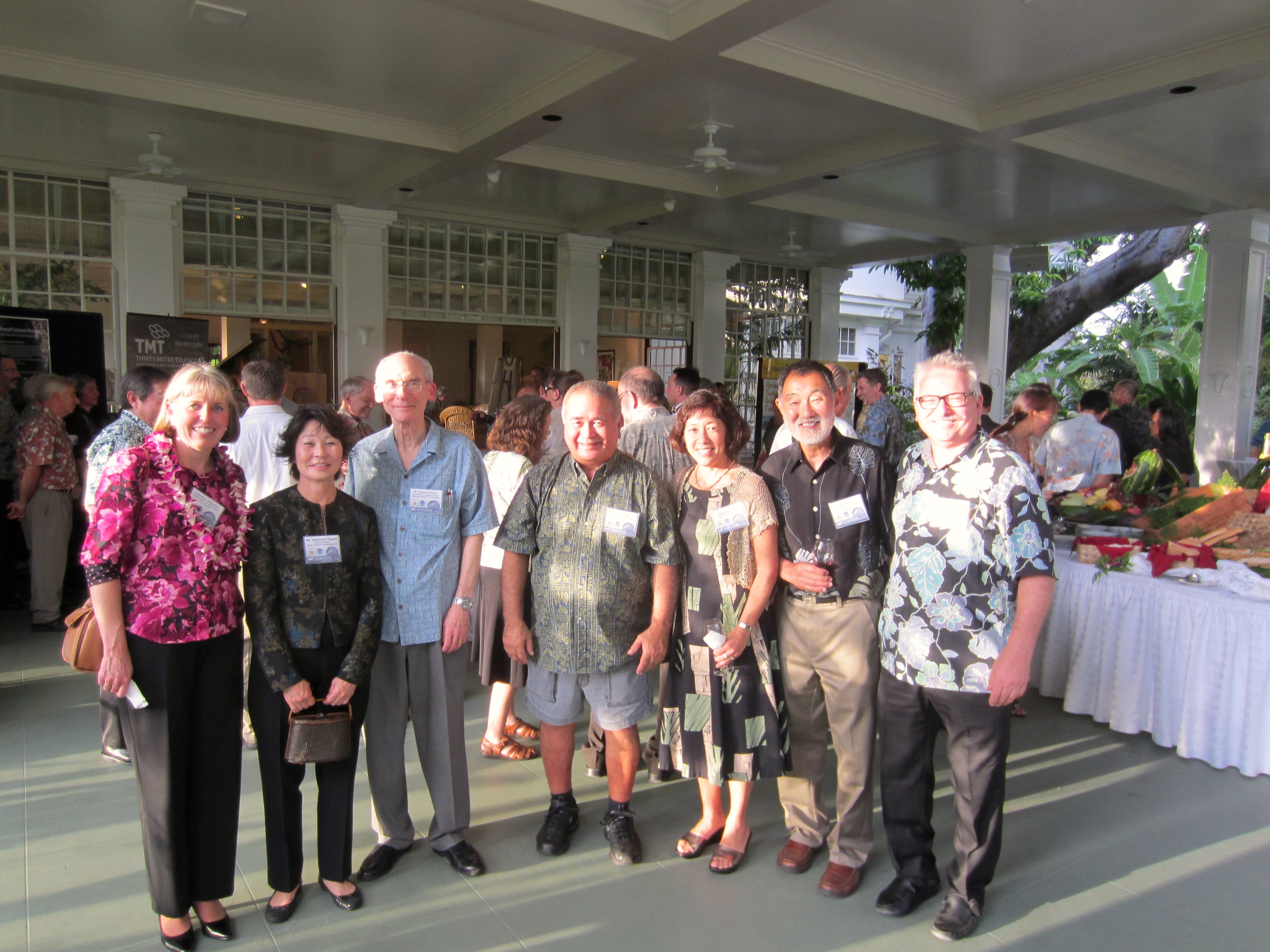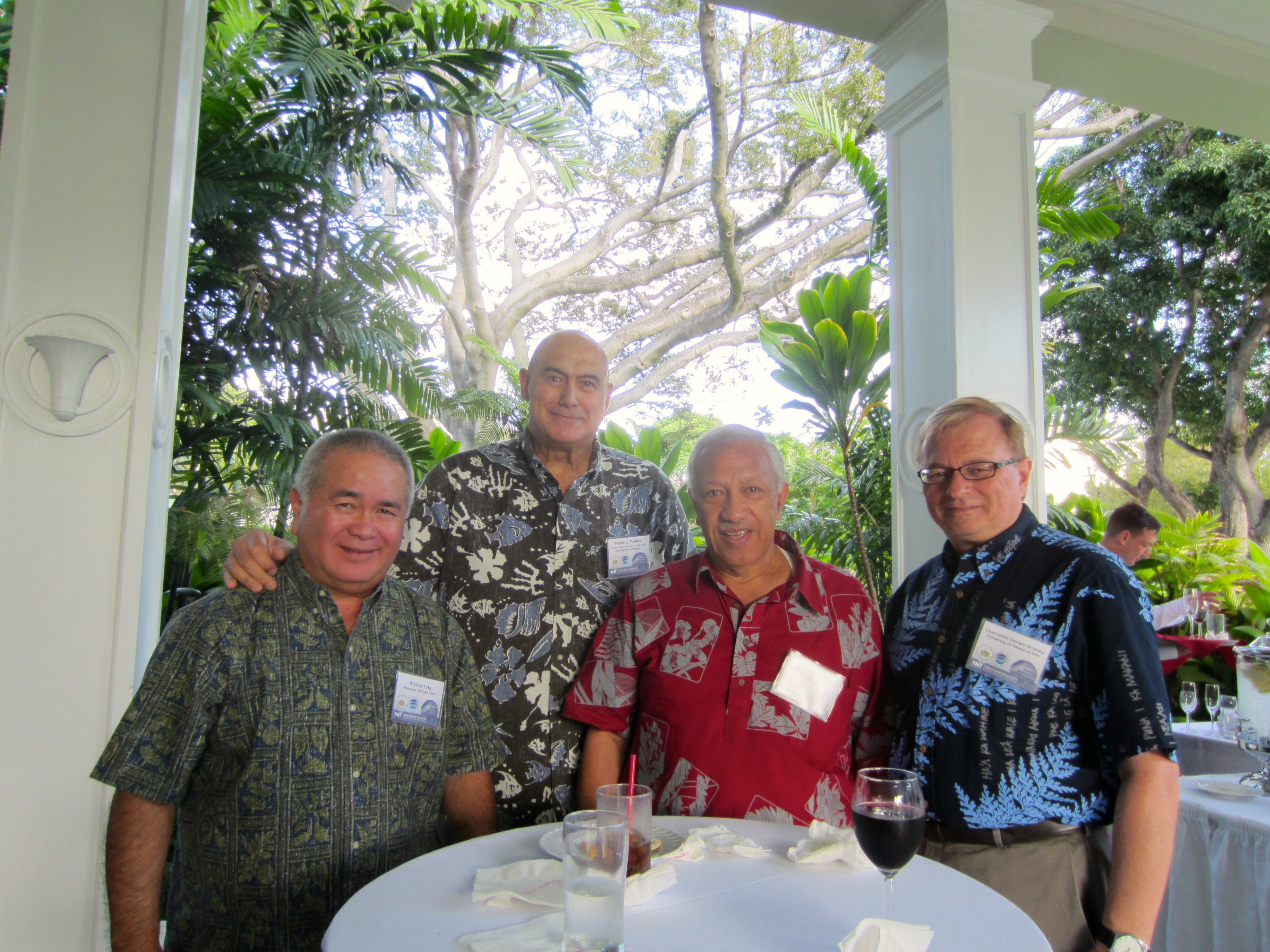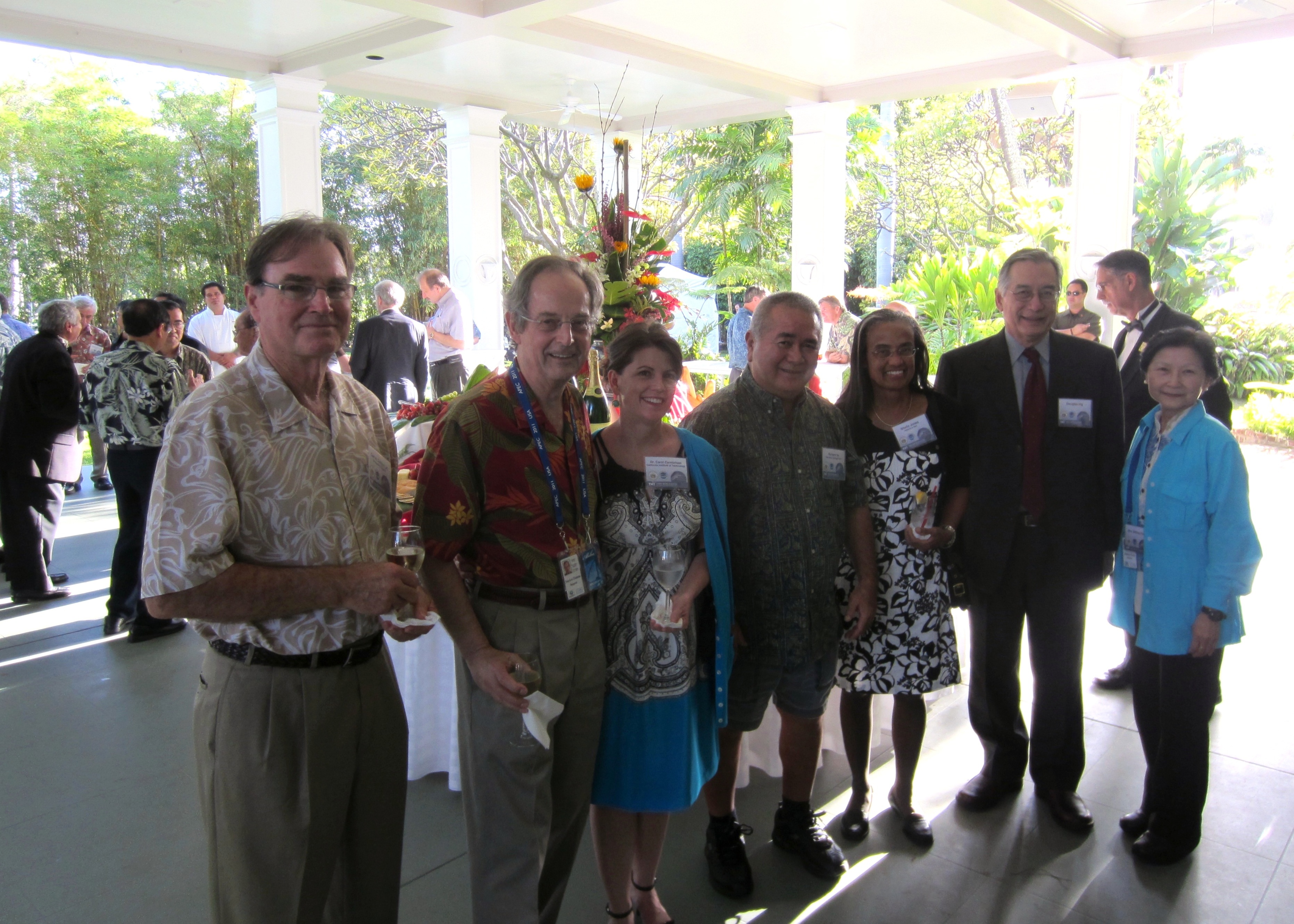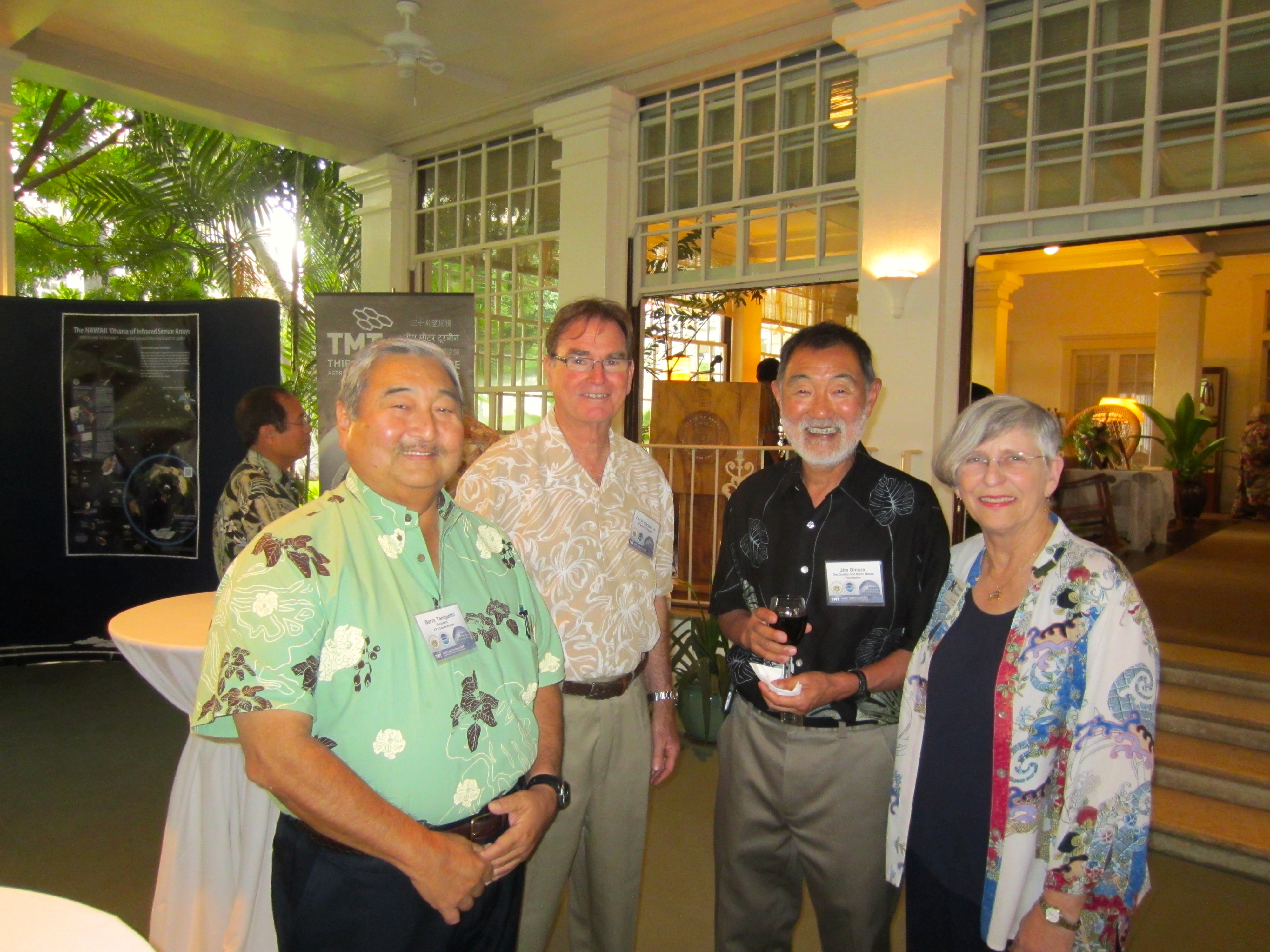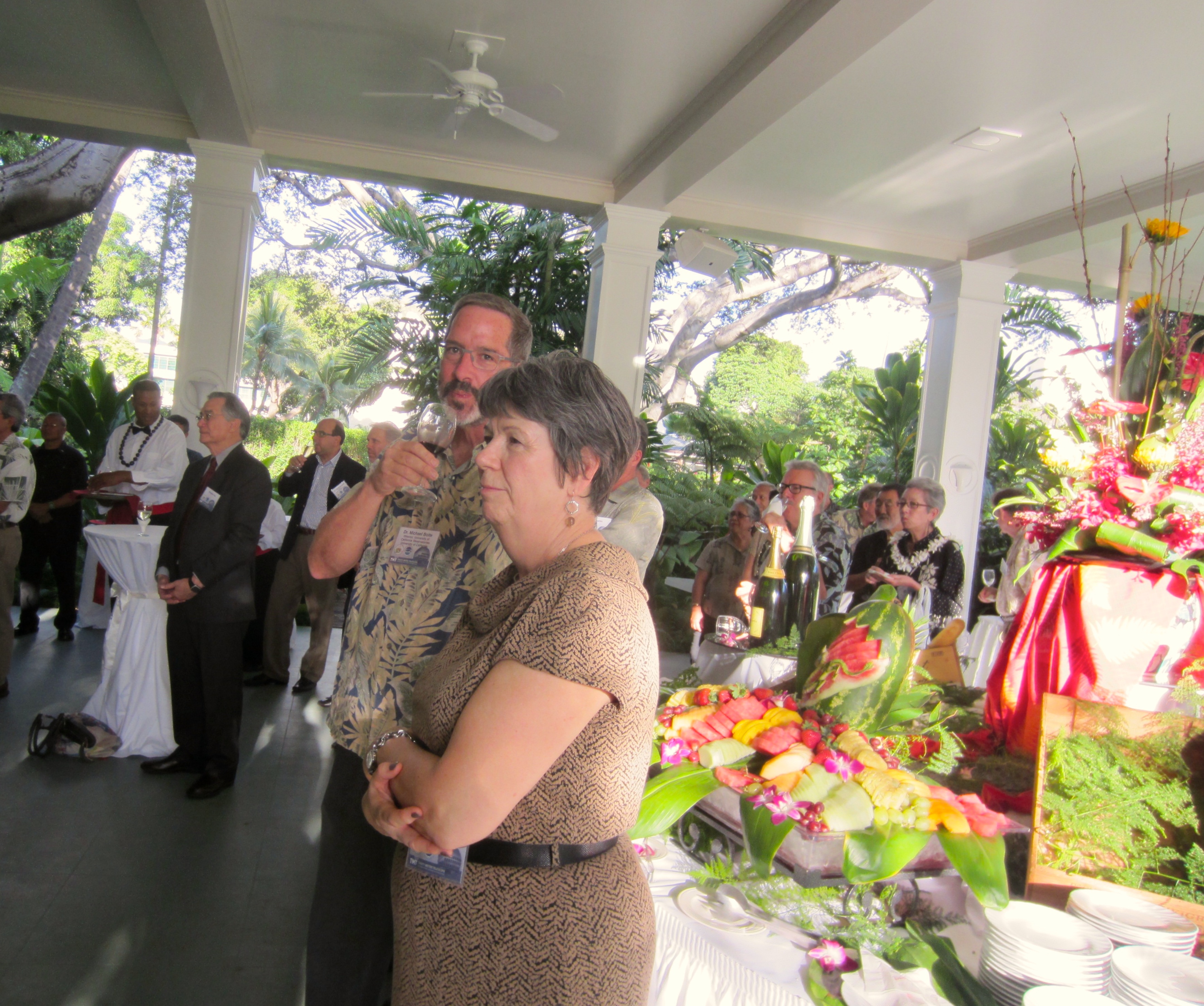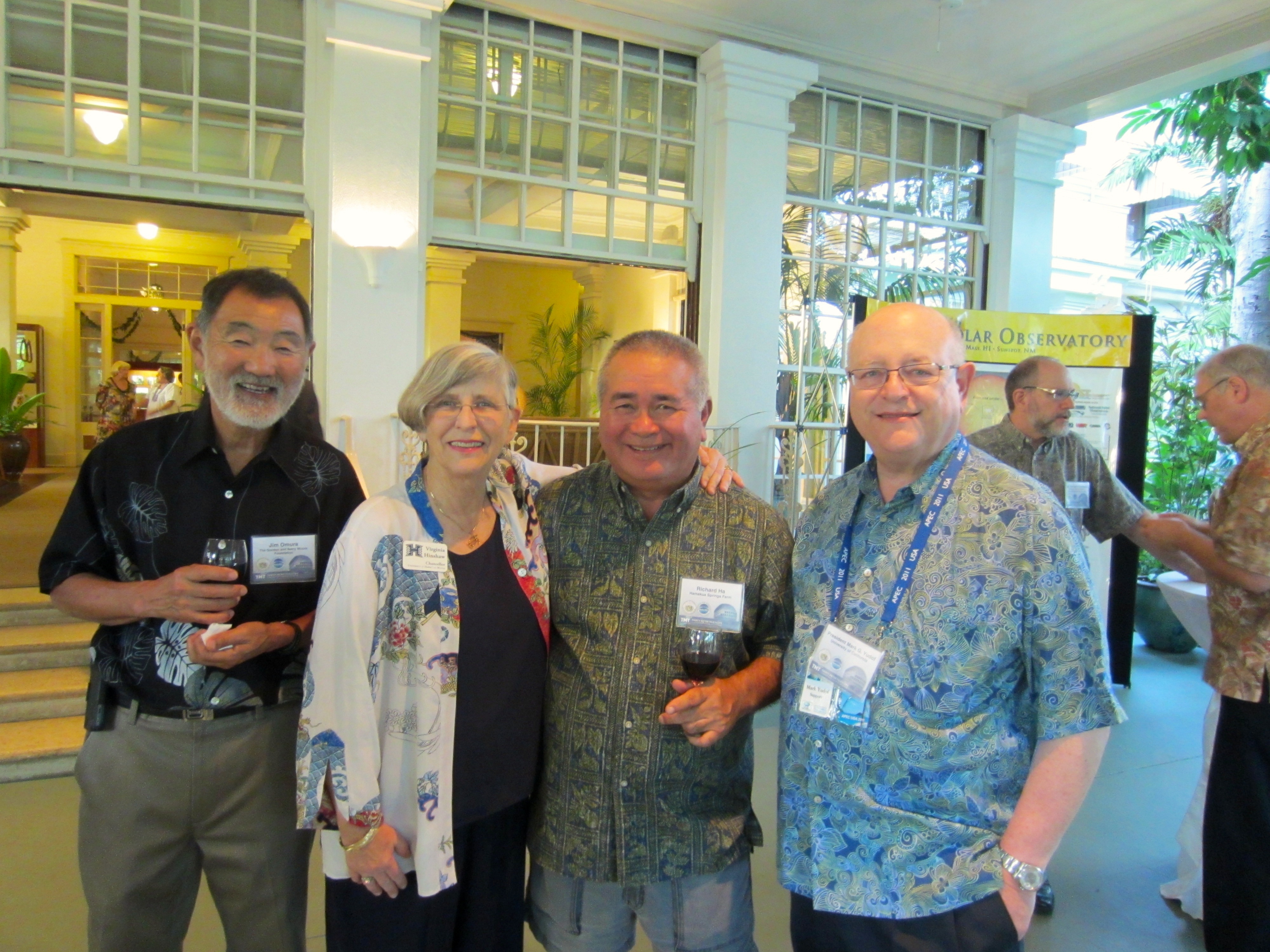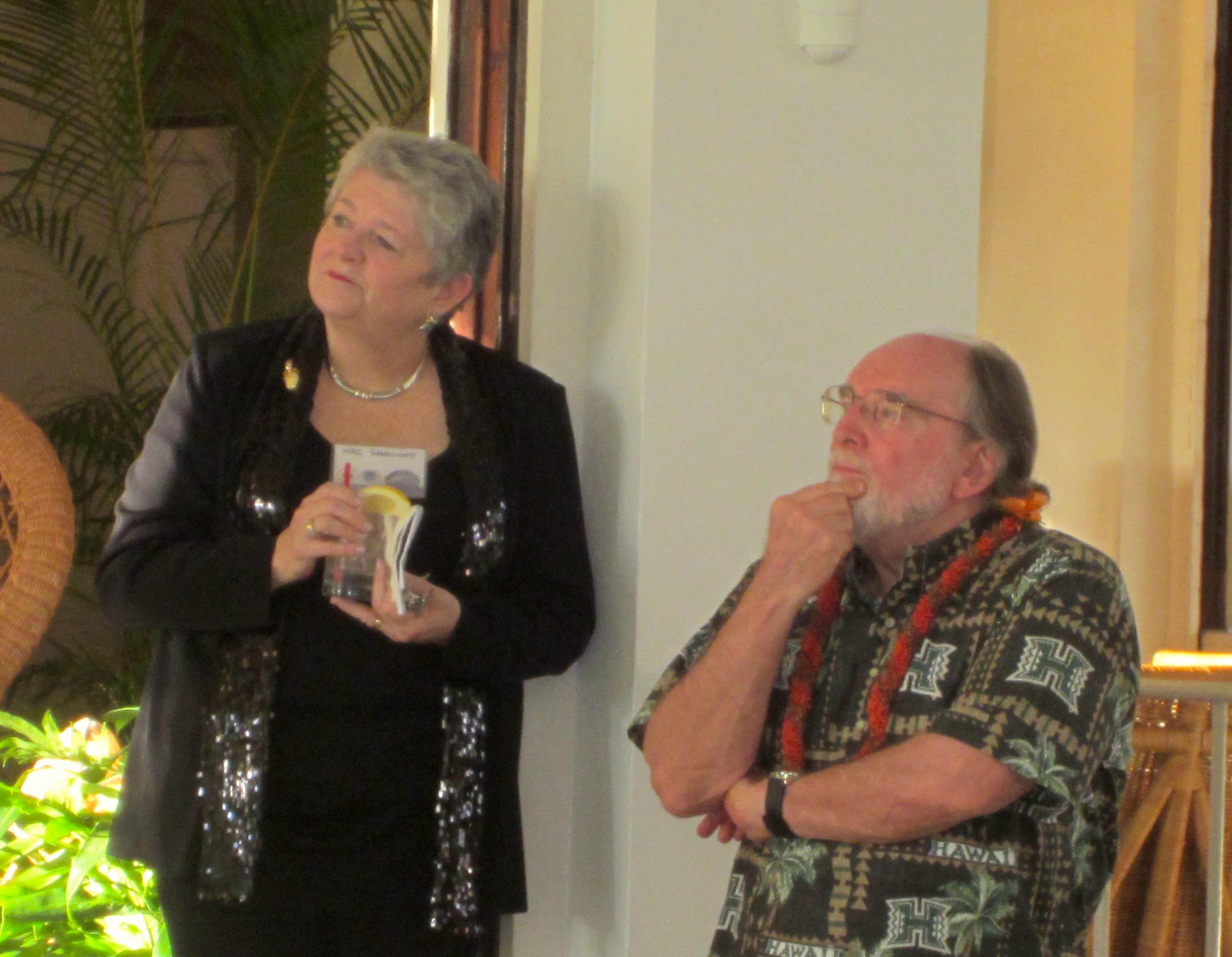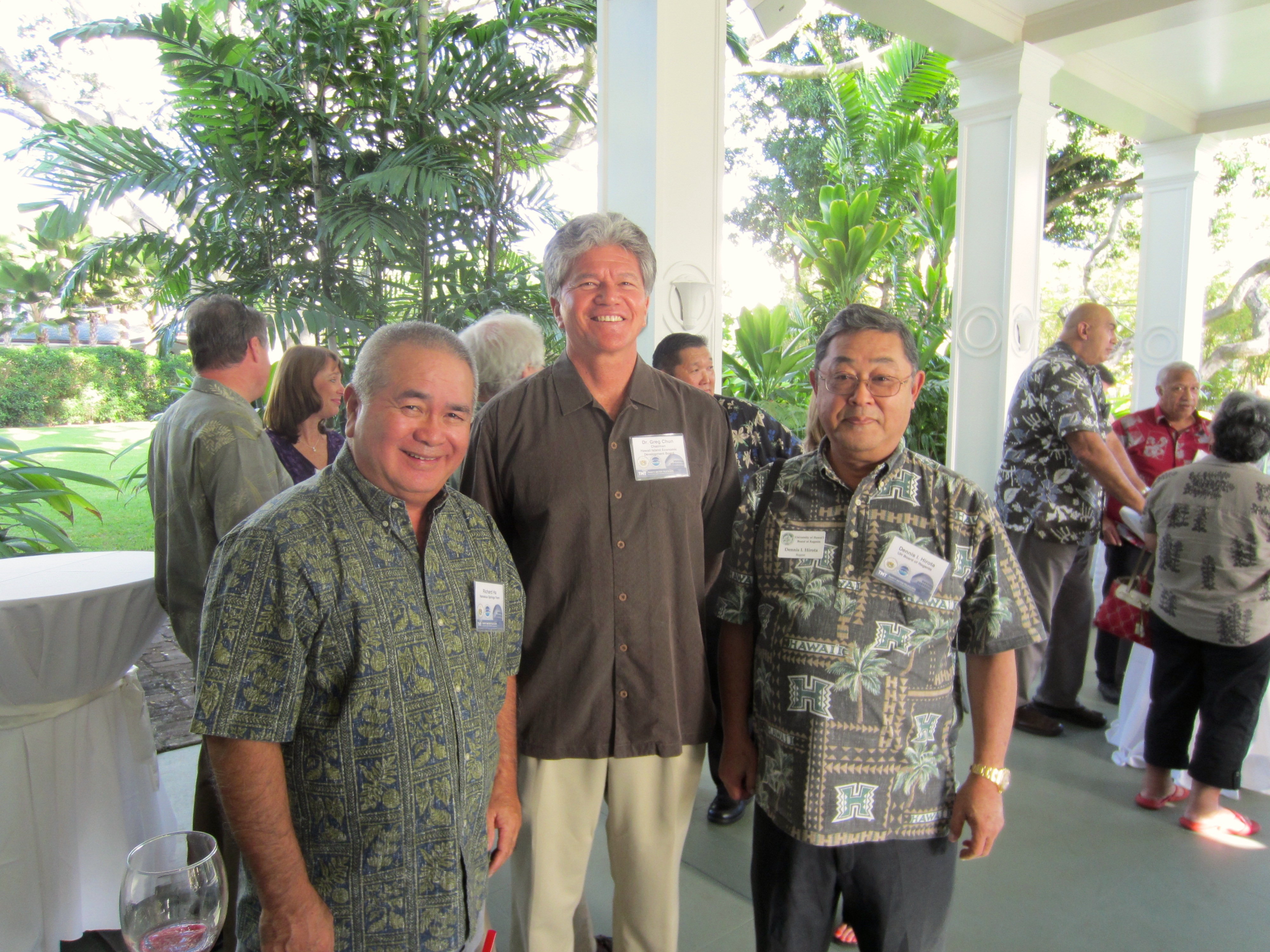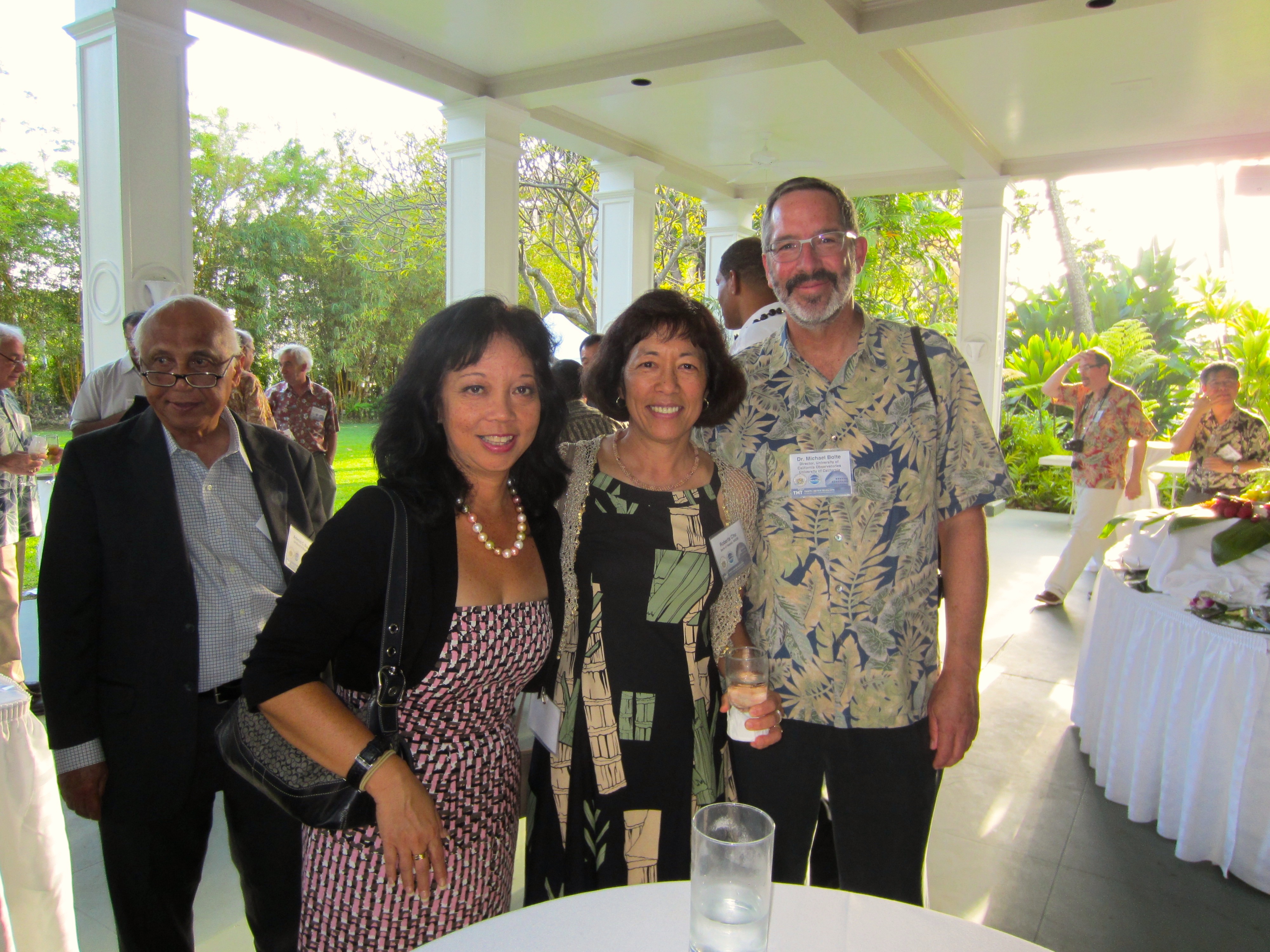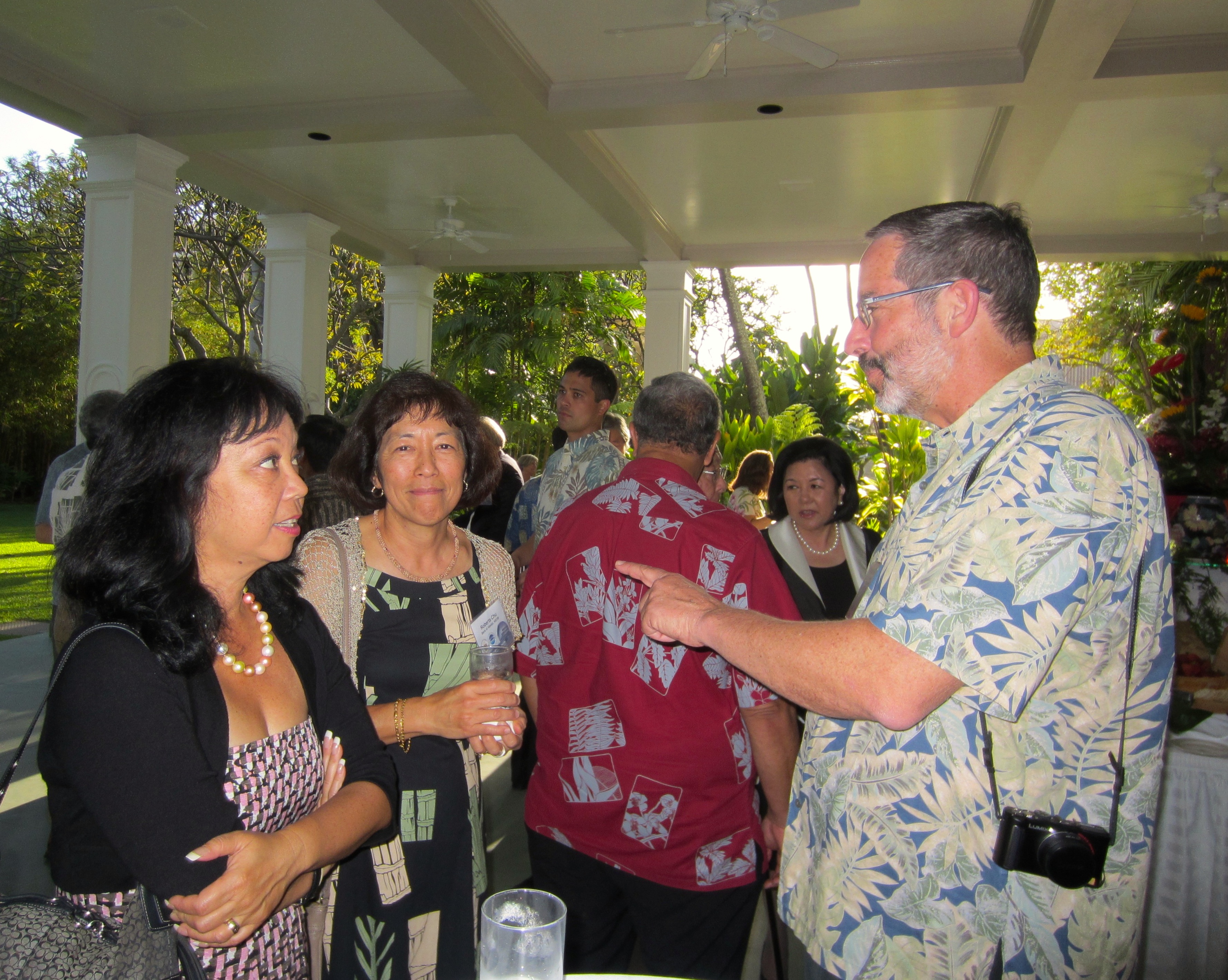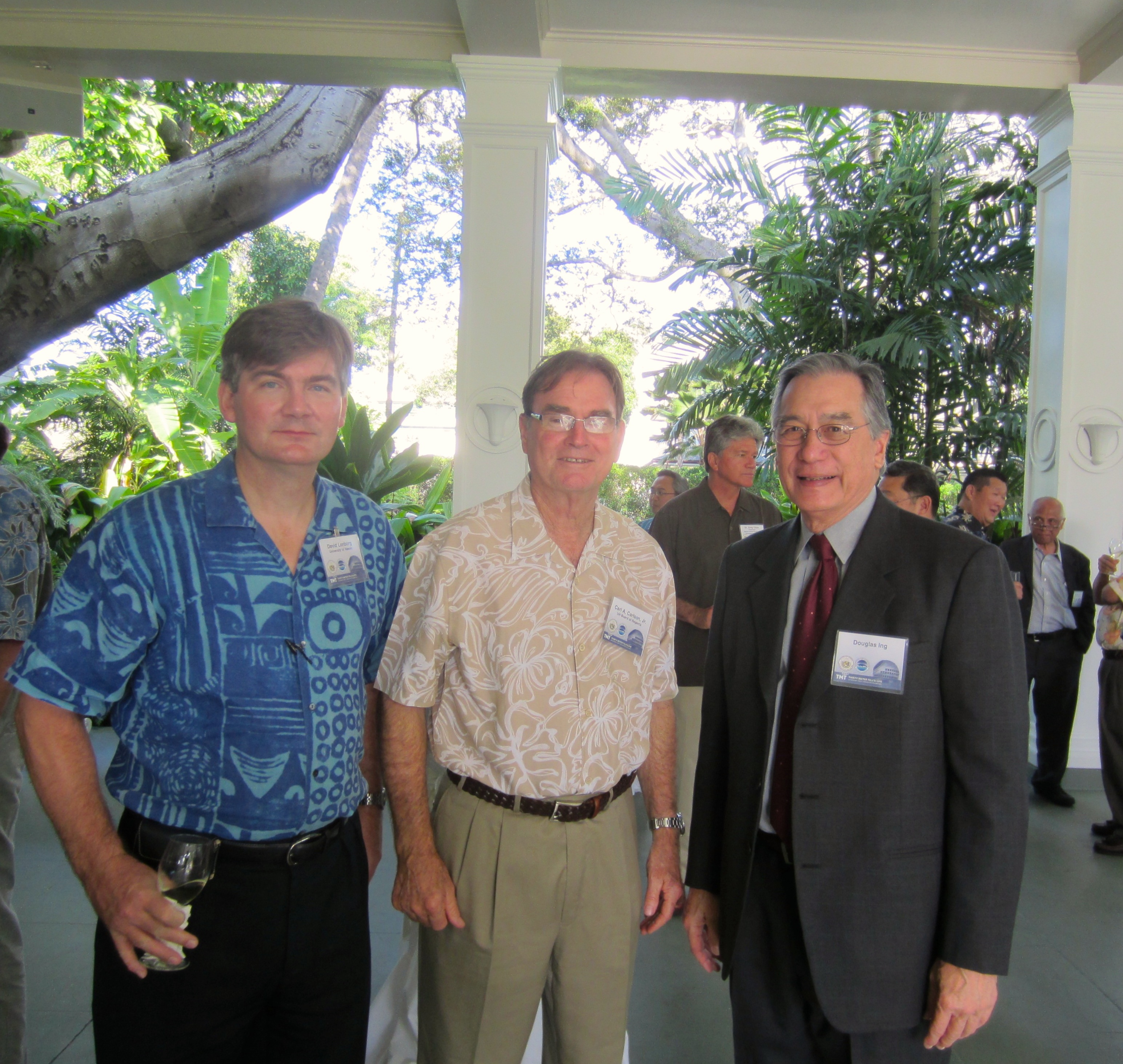It’s an honor for the best telescope in the world to be sited on our Maunakea. And it’s very appropriate for the President of the United States, a local boy, to highlight the great contributions of our astronomy sector. It’s also very appropriate that some of our voyaging people from the Hokule‘a were present when he acknowledged those contributions.
This is the spirit of “Not, no can. Can!!”
These are the things that Hawaiians are noted for!
“This is an extremely exciting time, with President Obama’s announcement underscoring the significance of Maunakea and Hawaii to astronomy,” said Henry Yang, Chair of the TMT International Observatory Board. “TMT is honored to be a part of Hawaii’s astronomy community. We remain committed to integrating science and culture, providing the best possible stewardship of the mountain, and enriching the local community through education and outreach programs.”
Free Monthly Community Event to Welcome Hawaii Residents to the Maunakea Observatories
The Maunakea Observatories and Imiloa Astronomy Center announced the Kamaaina Observatory Experience, a monthly community event that welcomes Hawaii residents to the science reserve atop Maunakea to see world-class telescopes and learn about the cultural and environmental importance of the mountain.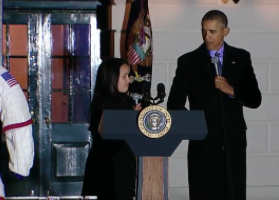
The Kamaaina Observatory Experience was introduced yesterday in a speech by President Barack Obama at the White House Astronomy Night in Washington, D.C. The event, held on the South Lawn of the White House, brought together scientists, engineers and visionaries from astronomy and the space industry, including guests from Hawaii’s Imiloa Astronomy Center, Gemini Observatory and the Polynesian Voyaging Society, who shared an evening of stargazing and learning with students and teachers.
“We were honored to represent Hawaii’s tremendous contributions to the world of astronomy, education and culture on the White House lawn tonight,” said Kaiu Kimura, executive director of Imiloa Astronomy Center. “As part of Imiloa’s partnership with the Maunakea Observatories, we look forward to sharing these contributions with even more of our friends and ohana at home in Hawaii through the Kamaaina Observatory Experience.”
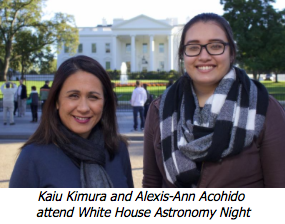 The new program will occur once a month and will include transportation to and from the summit and the Visitor Information Station, a cultural briefing, a one-hour safety and environmental briefing at Hale Pohaku, and a one-and-a-half hour visit to two of the Maunakea Observatories-the most scientifically productive collection of telescopes on earth. Participation will be free of charge and open to all Hawaii residents.
The new program will occur once a month and will include transportation to and from the summit and the Visitor Information Station, a cultural briefing, a one-hour safety and environmental briefing at Hale Pohaku, and a one-and-a-half hour visit to two of the Maunakea Observatories-the most scientifically productive collection of telescopes on earth. Participation will be free of charge and open to all Hawaii residents.
“The Kamaaina Observatory Experience will be the first program of its kind in the 50-year history of astronomy on Maunakea,” said Doug Simons, executive director of the Canada-France-Hawaii Telescope (CFHT). “The Maunakea Observatories make Hawaii one of the most respected sites on earth for astronomical discovery. It is our sincere hope that this program will inspire a passion among kamaaina for astronomy and an appreciation for the cultural and environmental future of Maunakea.”
Participating Maunakea Observatories in the program will include the CFHT, Gemini Observatory, the James Clerk Maxwell Telescope (EAO), NASA Infrared Telescope Facility, Subaru Telescope,
Submillimeter Array, the W.M. Keck Observatory, and in the future, the Thirty Meter Telescope.
The Kamaaina Observatory Experience will launch in early 2016 and will be open once a month to individuals 16 and older with a valid Hawai’i ID. Registration is required and will be available online on a first come, first served basis.
For more information about the Kamaaina Observatory Experience and to reserve a spot for an upcoming tour, visit www.kamaainaobservatoryexperience.org.
White House photo CC BY-SA 3.0

